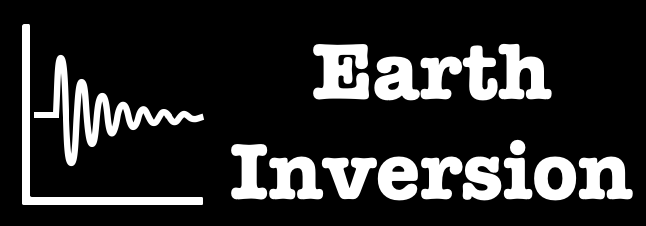In recent years, the field of seismology has witnessed a growing interest in the use of Micro-Electro-Mechanical Systems (MEMS) accelerometers as an alternative or complement to traditional broadband seismometers. While MEMS sensors offer significant advantages in terms of cost, size, and deployment flexibility, they also present unique challenges when compared to their high-precision counterparts. This article explores the potential for integrating MEMS accelerometers with broadband seismometers to enhance seismic monitoring capabilities.
MEMS accelerometers have made remarkable progress in recent years, with some models demonstrating excellent long-term stability and sensitivity suitable for gravimetry and seismology applications (Middlemiss et al., 2020). These sensors can provide high spatial resolution data, particularly for higher-frequency phenomena, making them ideal for dense array deployments in local and regional studies (D’Alessandro et al., 2019).
However, MEMS accelerometers still face limitations when it comes to recording long-period seismic waves. Broadband seismometers remain crucial for capturing low-frequency signals, which are essential for global seismology studies and for understanding deep Earth structures (Rademacher et al., 2023). The ability to record these long-period waves typically doesn’t require extremely dense station coverage, making broadband instruments well-suited for their current role in global seismic networks.
One of the primary challenges in replacing broadband seismometers with MEMS sensors is the difference in bandwidth and sensitivity. While some MEMS accelerometers can achieve noise levels as low as 1.5 μg/√Hz (SkyMEMS, n.d.), they still struggle to match the performance of high-end broadband instruments, especially at low frequencies. This limitation is particularly significant for studying phenomena such as Earth tides or long-period surface waves.
Despite these challenges, the integration of MEMS accelerometers and broadband seismometers presents exciting opportunities for advancing seismological research. A hybrid approach, combining a backbone of high-quality broadband stations with dense arrays of MEMS sensors, could leverage the strengths of both technologies. This strategy could provide unprecedented spatial resolution for local and regional studies while maintaining the ability to capture global-scale seismic phenomena.
Recent advancements in MEMS technology have led to the development of sensors with improved performance characteristics. For instance, some MEMS accelerometers now offer a dynamic range (the ratio between the largest and smallest measurable accelerations) of up to 110 dB and frequency responses extending from DC (0 Hz) to over 1000 Hz (Guerineau & Fougerat, 2018). These improvements are narrowing the gap between MEMS and traditional broadband instruments, although challenges remain in matching the ultra-low noise floors of high-end seismometers.
To fully realize the potential of integrated MEMS and broadband networks, further research is needed in several areas. This includes developing sophisticated data fusion algorithms to combine data from different sensor types effectively, improving MEMS technology to extend their usable frequency range, and exploring new deployment strategies for combined sensor networks.
In conclusion, while MEMS accelerometers cannot yet fully replace broadband seismometers, especially for studying long-period seismic waves and global seismology, they offer significant complementary capabilities. The future of seismic instrumentation likely lies in the thoughtful integration of these technologies, combining the high spatial resolution and cost-effectiveness of MEMS sensors with the unparalleled sensitivity and bandwidth of broadband seismometers. This approach has the potential to revolutionize our understanding of seismic phenomena across different scales and frequency ranges, ultimately leading to more comprehensive and detailed insights into Earth’s dynamic processes.
References:
D’Alessandro, A., Greco, L., Scudero, S., Vitale, G., Bottari, C., Mangano, G., & D’Anna, G. (2019). Seismic Sensors Based on MEMS Technology: Advances and Perspectives. Sensors, 19(24), 5452.
Middlemiss, R. P., Bramsiepe, S. G., Douglas, R., Hough, J., Paul, D. J., Rowan, S., & Hammond, G. D. (2020). Field tests of a portable MEMS gravimeter. Sensors, 20(8), 2385.
Rademacher, H., Rademacher, M., & Rademacher, H. (2023). Broadband Seismometry: A Review. Reviews of Geophysics, 61(1), e2022RG000772.
Guerineau & Fougerat (2018). QuietSeis – Ultra-quiet digital MEMS accelerometer. EGU 2018, from https://www.researchgate.net/publication/324601654_An_Ultra-low_noise_MEMS_accelerometer_for_Seismology
SkyMEMS. (n.d.). Ultra-low noise MEMS accelerometer. Retrieved [2024-06-30], from https://www.skymems.com/product-category/mems-accelerometer/


